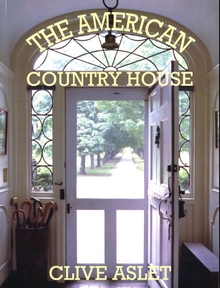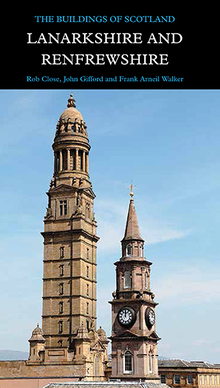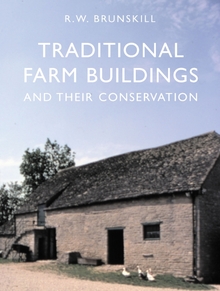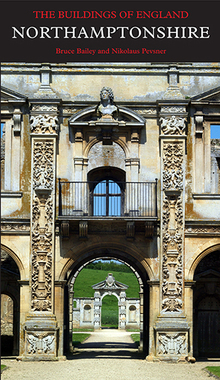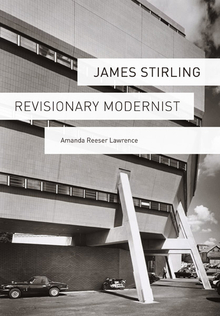The American Country House
WARNING
You are viewing an older version of the Yalebooks website. Please visit out new website with more updated information and a better user experience: https://www.yalebooks.com
Clive Aslet
Clive Aslet is deputy editor of Country Life and author of The Last Country Homes.
“The American Country House is a delightful romp through the beautiful, the exotic, the absurd, and the charming, all as exemplified in the eclecticism of ‘New World’ fancy and money.”—Art Times
"Aslet easily transfers his expertise on style from England to the New World and describes many of the monumental homes that the Vanderbilts, Hearsts, and Rockefellers commissioned."—Booklist
"Easily the best of the lot. . . . [Aslet] perceives architecture the way it should be perceived—in all the full, rich context of social history, with all its humanity, bravery, and absurdity."—Robert Campbell, Boston Globe
"Entertaining. . . . The focus here is on the conspicuously consumptive lifestyles of the homes’ privileged occupants. Aslet often draws on vintage publications to amusing effect."—Lynn Van Matre, Chicago Tribune
"'The American Country House' by Clive Aslet. . .looks at the country home in all its grandeur—not log cabins or farm houses or suburban ranches decorated in gingham and roosters, but the big, museum-like estates of the Vanderbilts, the Rockefellers and Hearsts that were built primarily between the end of the Civil War and 1940."—I.N., www.chicagofreepress.com
"[This book] is generously sprinkled with illustrations, details, plans, and many breathtaking color photographs."—Choice
"Written in a sprightly style, richly illustrated, Aslet’s book is particularly inviting to the general reader."—Merle Rubin, Christian Science Monitor
"Dazzling."—J. Mordaunt Crook, Country Life
"Intriguing."—Economist
"A highly readable and instructive account of the absorption into America of the European idea of the country house as a centre of civilised values expressed, often on a grand scale, in terms of architecture, furnishing and gardens. . . . It is an amusing and enjoyable account of moneyed idealism. . . . Aslet is very good on the characteristics that distinguish American houses from those in other countries—the interest in total comfort and the value of good plumbing."—Colin Amery, Financial Times
"Aslet . . . revels in the ready adaptation of the English country house by rich Americans in the period following the Civil War, an age in which construction was fueled by great industrial wealth paired with even greater doubts about what it meant to be rich. The best bet for the general reader, Aslet’s book classifies the houses according to their owners’ emotional needs—the country house as stately home, as rural retreat, and as compromise."—Jane Brown Gillette, Historic Preservation
"[A] fresh, enthusiastic and illuminating examination of the American scene."—Helen Martin, Journal of Design History
"Highly Recommended."—Cynthia Zaitzevsky, Journal of the New England Garden History Society
"Engaging. . . . Aslet’s approach to the American country house . . . emphasiz[es] . . . the social context, especially evoking the way of life of wealth, privilege, and power that centered around many of the houses."—Paul R. Baker, Journal of the Society of Architectural Historians
"Aslet analyzes how the country house embodied strongly American qualities, focusing on the sometimes frivolous activities of the estate owners, their families, and their friends. . . . Lively reading and should appeal to historian and layperson alike."—Library Journal
"[An] elegant book. . . . [Aslet] give[s] tantalizing glimpses of afternoon teas to hounds, tennis and swimming parties. The prime occupation of the visitor may well have been to admire the architecture, the works of art, the furniture, the pipe organs, the bowling alleys, the elaborate landscaping. We can admire them ourselves in this beautifully designed book, with its vivid text and the impressive illustrations (many in color) which adorn each two-page spread."—Pauline Mayer, Plain Dealer
"Lavishly illustrated. . . . Written in a very readable, witty, and amusing style."—Francis Tibbalds, RSA Journal
"Well as Aslet describes these . . . houses . . . and excellent as his many colour photographs are, the real merit of his book for the ordinary reader is that it is as much social history as architectural manual."—Thomas Hinde, Sunday Times
"Lavishly illustrated. . . . So rich in material that one wonders how they were completed without the help of Churchill Fellowships."—Marcus Binney, The Times Saturday Review
"Aslet is at his best in his chapter on Kykuit (Dutch for ’lookout’), the Rockefeller country house in Westchester County, north of New York. Making effective use of his access to the secretive family’s rarely opened archives, he constructs a classic American parable about a rich man—John D. Rockefeller, Sr.—unable to enjoy his money."—Martin Filler, Times Literary Supplement
"Good reading. Many great photos, both modern and contemporary, delight us with the splendors of these homes as well as with excesses. . . . One acquires a sense of what wealthy country life has been like in America. . . . The pictures alone are a valuable resource."—Victorian Homes
Publication Date: May 11, 2005
75 b/w + 200 color illus.

